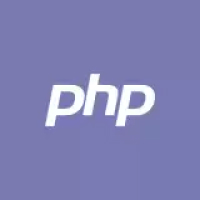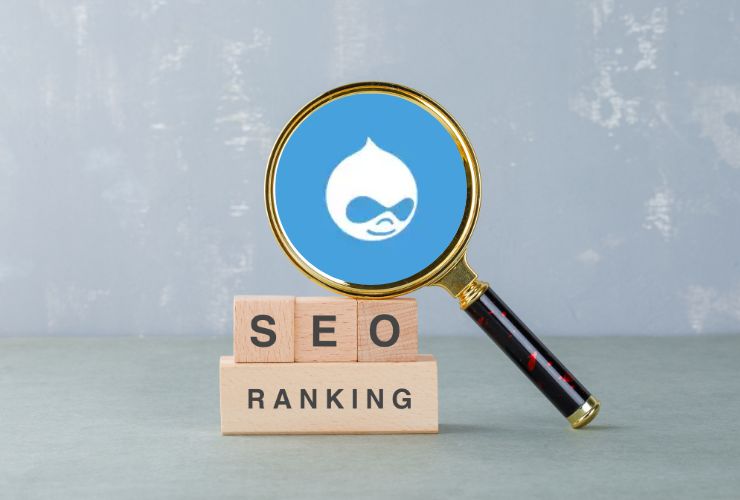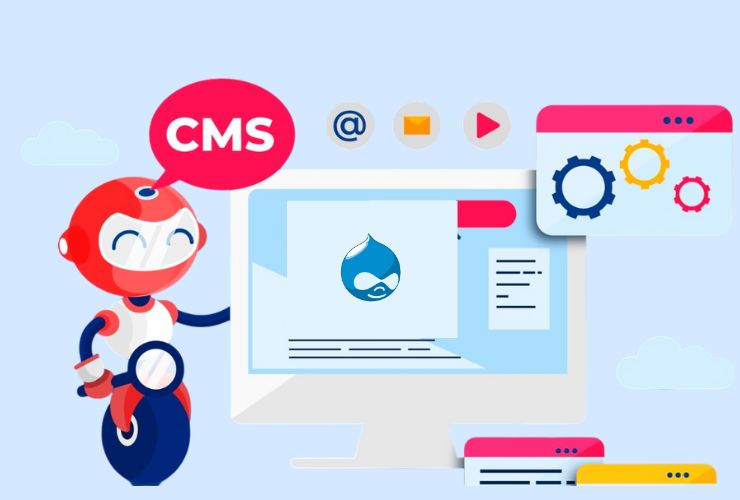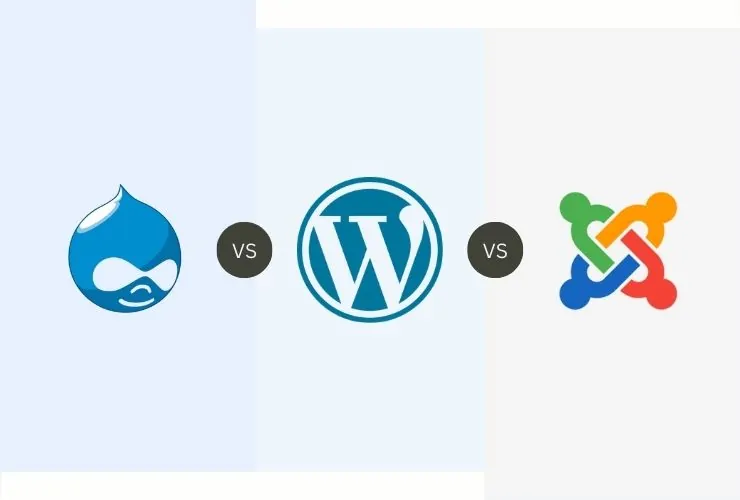Government and higher education institutions deal with unique challenges when managing their digital presence. These organizations require solutions that provide not only strong security but can effectively scale and accommodate growing use, accessibility for all users, intricate content structures and workflows. Drupal has become a common content management system (CMS) in these spaces, supporting thousands of websites around the world because of its solid security features, abilities to adapt, and flexibility.
1. Enterprise Security
Because this type of organization handles a variety of sensitive personal data, profiled information, or deals with millions of users globally, security is always top of mind for governments and universities. Drupal is already known for its robust security framework with a professional security team continuously monitoring the platform and addressing vulnerabilities when found with patches. With Drupal’s comprehensive levels of permissions, users can define and manage user roles with appropriate access rights for their users creating a discernable boundary that minimizes unauthorized access. The overall security infrastructure solidifies compliance to governmental regulations and standards enabling the organization to protect data and their reputation.
2. Scalability for Complex and Large Sites
Institutions such as government portals and higher education websites typically encompass large ecosystems with numerous departments, faculties, and services. Drupal’s architecture can accommodate highly scalable solutions that can manage thousands of concurrent users and an enormous amount of content. In addition, its modular architecture allows institutions to build features and functionality incrementally without needing a complete overhaul. It is an effective platform to meet the diverse and rapidly changing needs of launching new sites, managing large content libraries, and supporting large users; it can scale horizontally and vertically on demand.
3. Accessibility Compliance
The government and education sectors have a legal requirement to adhere to accessibility standards like WCAG and Section 508 of the Rehabilitation Act. Drupal has been committed to the concept of accessibility for a long time and offers themes and modules built for accessibility. Thus, websites built on Drupal can be usable by people with disabilities (such as screens or alternative input devices). An accessible digital experience not only satisfies regulatory obligations, but it resonates with the social responsibility missions of public institutions.
4. Customization and Flexibility
Drupal is an open-source platform, which means institutions maintain complete control of their website. Unlike proprietary systems, it allows for endless customization from the user interface and content workflows to integrating optional third-party applications (CRMs, ERPs, learning management systems, etc.). With the availability of customization that is paramount for educational and government organizations that have unique operational requirements and workflows which cannot be met by off-the-shelf products. With Drupal organizations can create tailored digital experiences, when necessary, to reach their goals and mission perfectly!
5. Multilingual and Multi-site Support
Serving diverse and multilingual populations is a reality for many governments and universities. Drupal provides multilingual capabilities out of the box, allowing an organization to easily create and manage content in multiple languages. Additionally, Drupal’s multi-site functionalities allow organizations to manage multiple sites from a single installation—a functional proposal for many universities with multiple campuses and for governments with various departments and agencies. This sophisticated level of centralized control allows institutions to save several hours a week on content governance, minimize their administrative workload, and have a consistent brand experience across several digital touchpoints and transactions.
6. Strong Community and Enterprise Support
One of Drupal’s greatest advantages remains in its worldwide community. Thousands of developers, and organizations, are continuously delivering new modules, security updates, and enhancements, guaranteeing that the platform stays innovative and secure. In addition, many specialized agencies provide robust consulting and development services, specifically for government and higher education. This entire ecosystem enables institutions to access current technologies and best practices, and gain professional support when necessary.
7. Integration Friendly
Modern government and educational websites will soon expect to connect with multiple external systems such as identity management solutions, digital forms, analytics technologies, and cloud-based services. Drupal’s configurable architecture can interface with many different types of APIs and integrations. This ability will allow you to connect seamlessly to other platforms and services. This interoperability helps to future-proof your digital infrastructure, allowing the organization to continually evolve and enhance service delivery without requiring a significant redevelopment project.
Conclusion
If you are a government agency or an institution of higher learning, and looking for a secure, scalable, accessible, and flexible digital platform, then Drupal is the clear leader. With its enterprise-level security, the ability to scale for complex and large websites, robust compliance with accessibility standards, and high degree of customization potential, it is a perfect fit for the public sector and academic environments.
By choosing Drupal, you will be investing in a digital platform that is able to grow with the needs of the organization, while maintaining a seamless, inclusive user experience. If your institution values control, customization, and long-term scalability, then Drupal provides all they tools, capabilities, and community support to effectively and sustainably achieve your digital vision.














